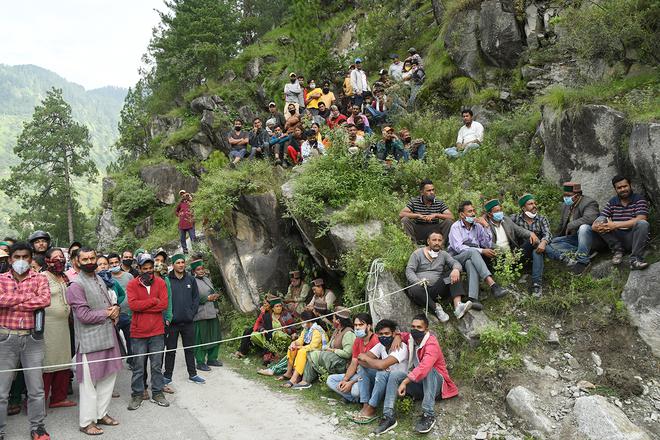Hill stations in India have witnessed a notable escalation in traffic congestion in recent years, particularly during weekends and the summer season. This phenomenon is notably pronounced in popular destinations across the country. On congested days, travel times along common routes can extend significantly. Similar challenges are evident in other hill stations nationwide, including Shimla, Kasauli, Mussoorie, Ranikhet and others. Notably, during New Year’s Eve in 2023, traffic congestion in and around Himachal Pradesh resulted in prolonged delays lasting for hours
It is not just the hills, our cities and towns are also a mess. As per the Economist Intelligence Unit’s 2022 Global Liveability Index, all Indian cities are ranked in the bottom. Of the 173 places ranked, Bengaluru is the least liveable, with a rank of 146, followed by Ahmedabad, Mumbai and Delhi at 143, 141 and 140, respectively.
One of the reasons for this is that we have failed to plan for the future. According to a survey by Bengaluru-based think tank Janaagraha, 39% of our cities and towns do not have an active master plan. Vienna is named the world’s most liveable city because, among other factors, the city was planned for the present infrastructural needs more than 100 years ago. In India, we do not plan for future population growth, most cities and towns are busy catching up with existing needs. Kodaikanal had 5,000 inhabitants two decades ago, as compared to 40,000 today. Similarly, the number of tourists visiting Kodaikanal has increased from 1 lakh in the 90s to about 10 million last year. In an ideal scenario, a draft master plan should have been conceived in the 90s, giving due consideration for population and tourist projection for the next five decades, based on which urban infrastructure work should have been taken up. Unfortunately, infrastructure in most hill stations remains nearly the same as what it was during the British Raj.

Outdated census data
Most often, governance in India suffers due to lack of data. We neither rely on data to make decisions, nor do we have the information needed to make decisions. Since the 2021 census has not been undertaken, the present Union Government does not even know the exact number of people in this country nor does it know its composition. This has resulted in, for instance, the exclusion of more than 10 crore residents from the purview of the National Food Security Act, 2013.
Another issue is the lack of de-centralisation. Fixing our cities, towns and hill stations will require us to rethink our urban systems from the bottom up. Local bodies (municipalities) are very important for making our towns liveable. Idealistically, let’s say local municipalities in Kodaikanal, for instance, have all the financial resources and the know-how. They would then be able to implement better projects for the town’s residents as they know the people and their needs; this would also make them more accountable. In the U.S., cities and towns are completely decentralised, even the local police and schools are funded and managed by the municipalities. In India, instead of more de-centralisation, we are seeing lesser and lesser federalism, with more Union Government schemes and a one-solution-fits-all approach for all States, cities and towns, taking centrestage.
Another issue with our local bodies is that they lack institutional capacity. Good urban governance in India is something of an illusion without the capacity of municipalities or in other words urban local bodies. There are two main concerns: lack of training and know-how with existing municipal staff, and severe understaffing. Only one in eight Indian government employees works at the local level, compared with two out of three in China. India needs about 3,00,000 urban planners by 2025 but we currently have fewer than 15,000. The priority should be to immediately train the existing staff and at the same time bring in more brain power into these local bodies.
In conclusion, the chronic traffic congestion in hill stations and broader urban challenges in India underscore a systemic failure in planning and governance. To address these issues, there’s a critical need for long-term planning, decentralised decision-making, and investment in municipal capacity. Without such measures, the liveability of cities and hill stations will continue to decline, jeopardising the well-being of residents and visitors alike.
Dharanidharan is a DMK spokesperson; Mythili runs a creative design studio and is an environmental enthusiast.







